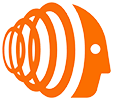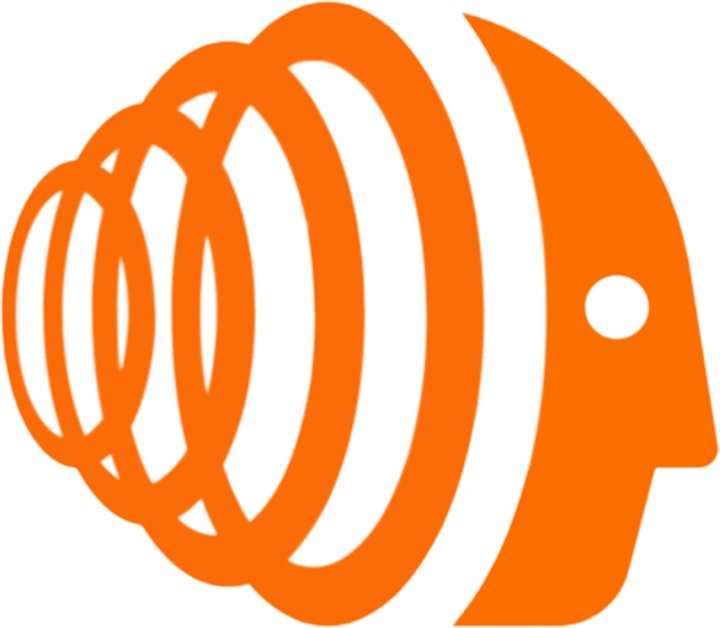使用 Vue 构建多功能卡片式表单
应用场景
本段代码适用于需要创建多步骤、交互式表单的场景,例如用户注册、资料完善、调查问卷等。它提供了丰富的组件库,如日历、地图、图表和富文本编辑器,可以满足各种数据输入需求。
基本功能
- 多步骤表单导航,支持前进、后退和完成操作
- 丰富的组件库,包括日历、地图、图表和富文本编辑器
- 数据响应式绑定,表单数据实时更新
- 自定义样式,支持根据业务需求调整表单外观
功能实现步骤及关键代码分析
1. 组件引入和数据绑定
<script lang="tsx" setup>
import { ref } from 'vue';
import { Calendar } from 'v-calendar';
import { BMap } from 'vue3-baidu-map-gl';
import * as echarts from 'echarts';
import { h } from "vue";
import { createComponent } from 'echarts-for-vue';
import { Editor, Toolbar } from "@wangeditor/editor-for-vue";
import { onBeforeUnmount } from 'vue';
const ECharts = createComponent({echarts, h});
const editorConfig = ref({
placeholder: '请输入内容...'
});
const editor = ref();
const handleEditorCreated = (editorInstance) => {
// Attach the editor instance to the ref
editor.value = editorInstance;
console.log("editor.value", editor.value, editorInstance)
};
onBeforeUnmount(() => {
// Destroy the editor instance before the component is unmounted
editor.value.destroy();
editor.value = null;
});
const data = ref({
calendarOptions: {
type: 'month',
// reactive props
// ...
},
mapOptions: {
center: {
lng: 116.404,
lat: 39.915
},
zoom: 11,
// reactive props
// ...
},
echartsOptions: {
xAxis: {
type: 'category',
data: ['Mon', 'Tue', 'Wed', 'Thu', 'Fri', 'Sat', 'Sun']
},
yAxis: {
type: 'value'
},
series: [{
data: [820, 932, 901, 934, 1290, 1330, 1320],
type: 'line'
}]
},
richTextEditorValue: '',
});
</script>
在 <script> 部分,我们引入了所需的组件并定义了响应式数据对象 data,它包含了各个组件的配置选项。
2. 表单结构和导航
<template>
<div class="bg-white h-screen flex flex-col justify-between">
<div
class="flex items-center justify-between px-4 py-6 border-b border-gray-200"
>
<van-icon name="arrow-left" size="24px" color="#1989fa" />
<div class="text-lg font-semibold text-gray-900">STEP 1/7</div>
<van-button round type="primary" size="mini">Next</van-button>
</div>
<div class="flex-1 px-4 py-8">
<!-- 表单内容 -->
</div>
<div
class="px-4 py-6 border-t border-gray-200 flex items-center justify-center"
>
<van-button round type="primary" size="large">Continue</van-button>
</div>
</div>
</template>
<template> 部分定义了表单的基本结构,包括头部导航、表单内容区和底部按钮。导航栏显示当前步骤和前进按钮,底部按钮用于继续或完成表单。
3. 组件渲染
在表单内容区,根据 data 中的配置渲染各个组件。例如,渲染日历:
<Calendar v-model="data.calendarOptions" />
渲染地图:
<BMap v-model="data.mapOptions" />
渲染图表:
<ECharts v-model="data.echartsOptions" />
渲染富文本编辑器:
<Editor v-model="data.richTextEditorValue" :config="editorConfig"
@created="handleEditorCreated" />
4. 数据响应式绑定
所有组件的配置选项和数据都与 data 对象响应式绑定,这意味着当用户与组件交互时,表单数据会实时更新。
总结与展望
开发这段代码的过程让我深入了解了 Vue 的响应式系统和组件库的强大功能。通过组合不同的组件,可以快速构建出复杂且交互丰富的表单。
未来,该卡片式表单功能可以进一步拓展和优化,例如:
- 添加表单验证和错误提示
- 实现多语言支持
- 优化组件性能,提高表单加载速度
- 提供更多的组件选择和自定义选项


